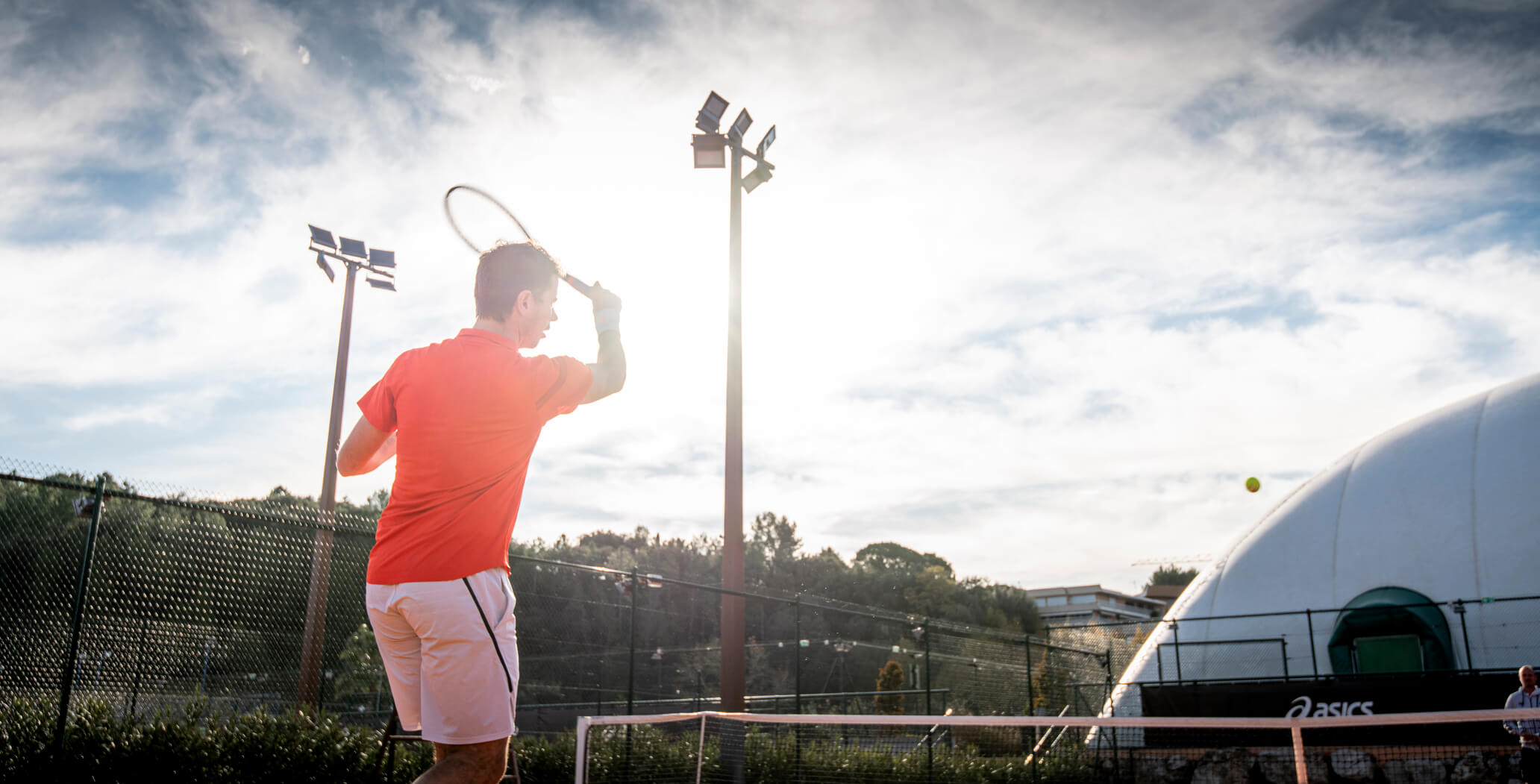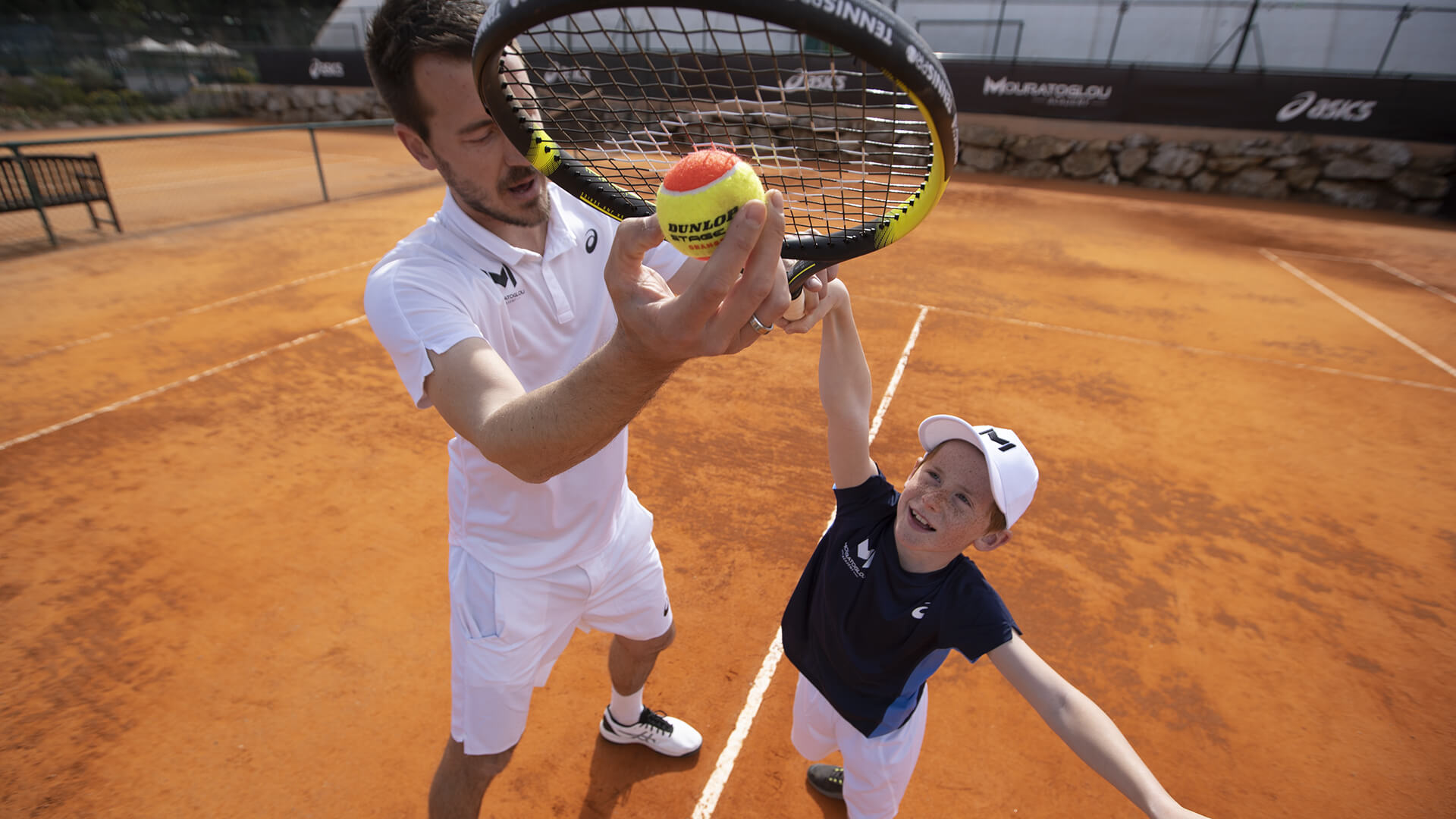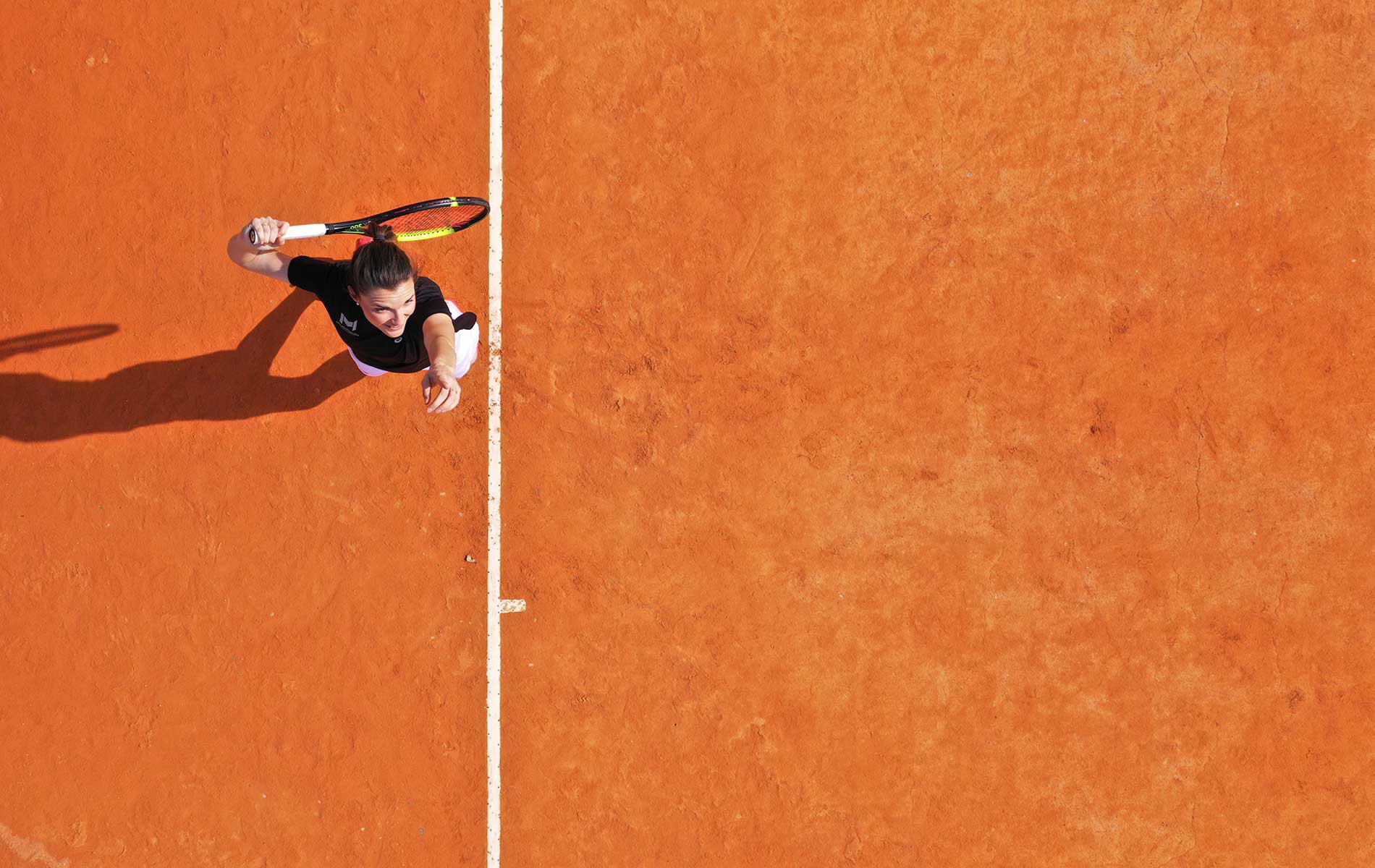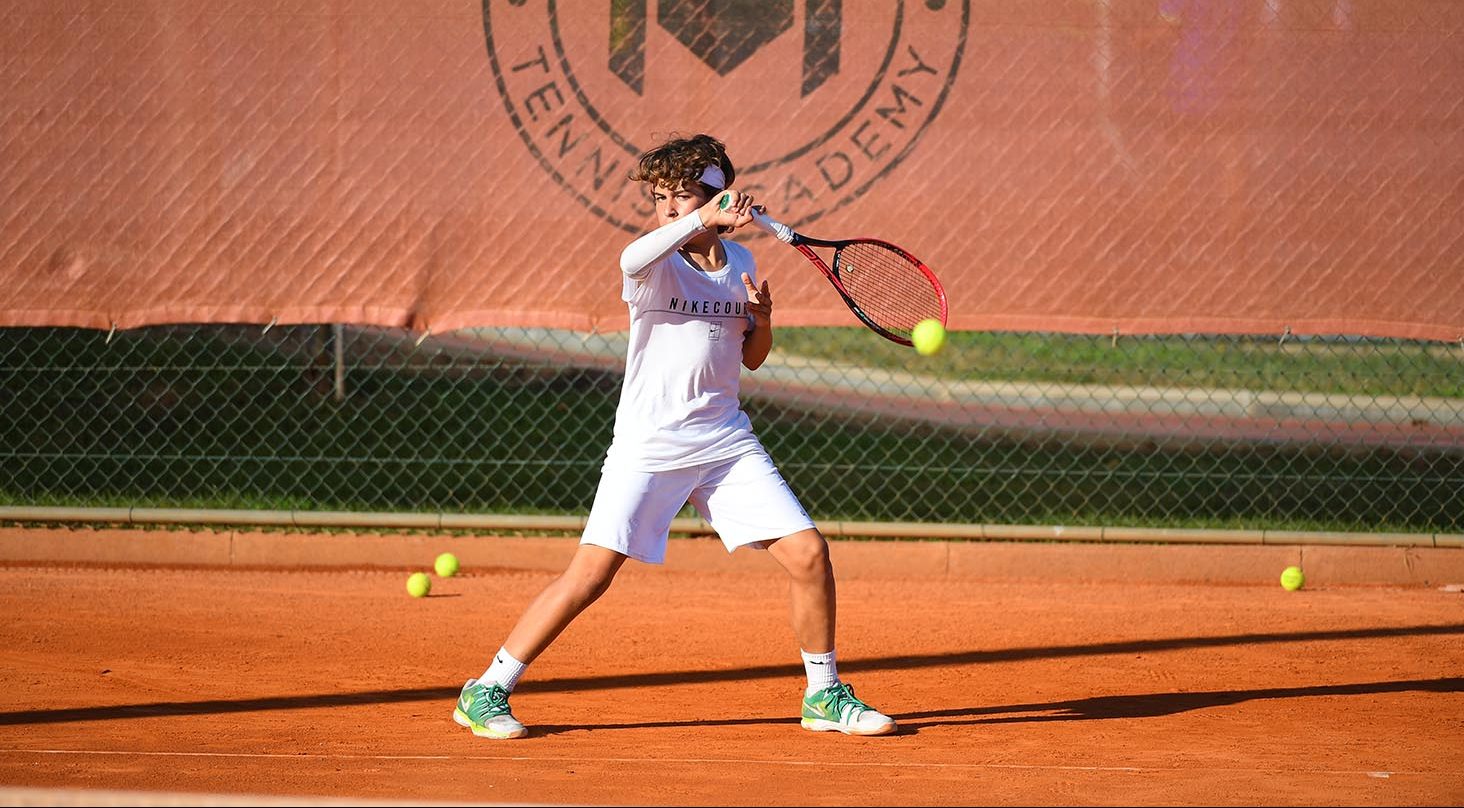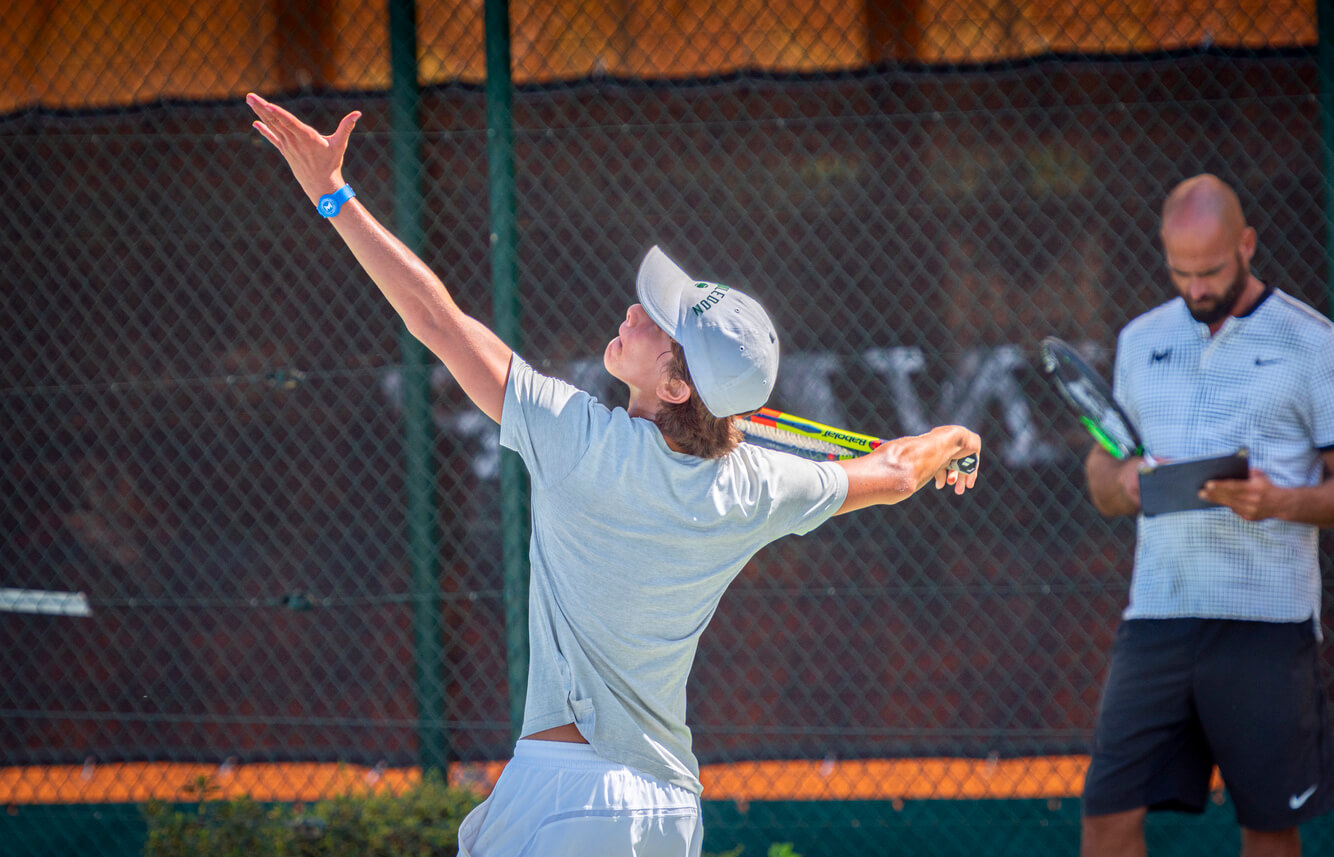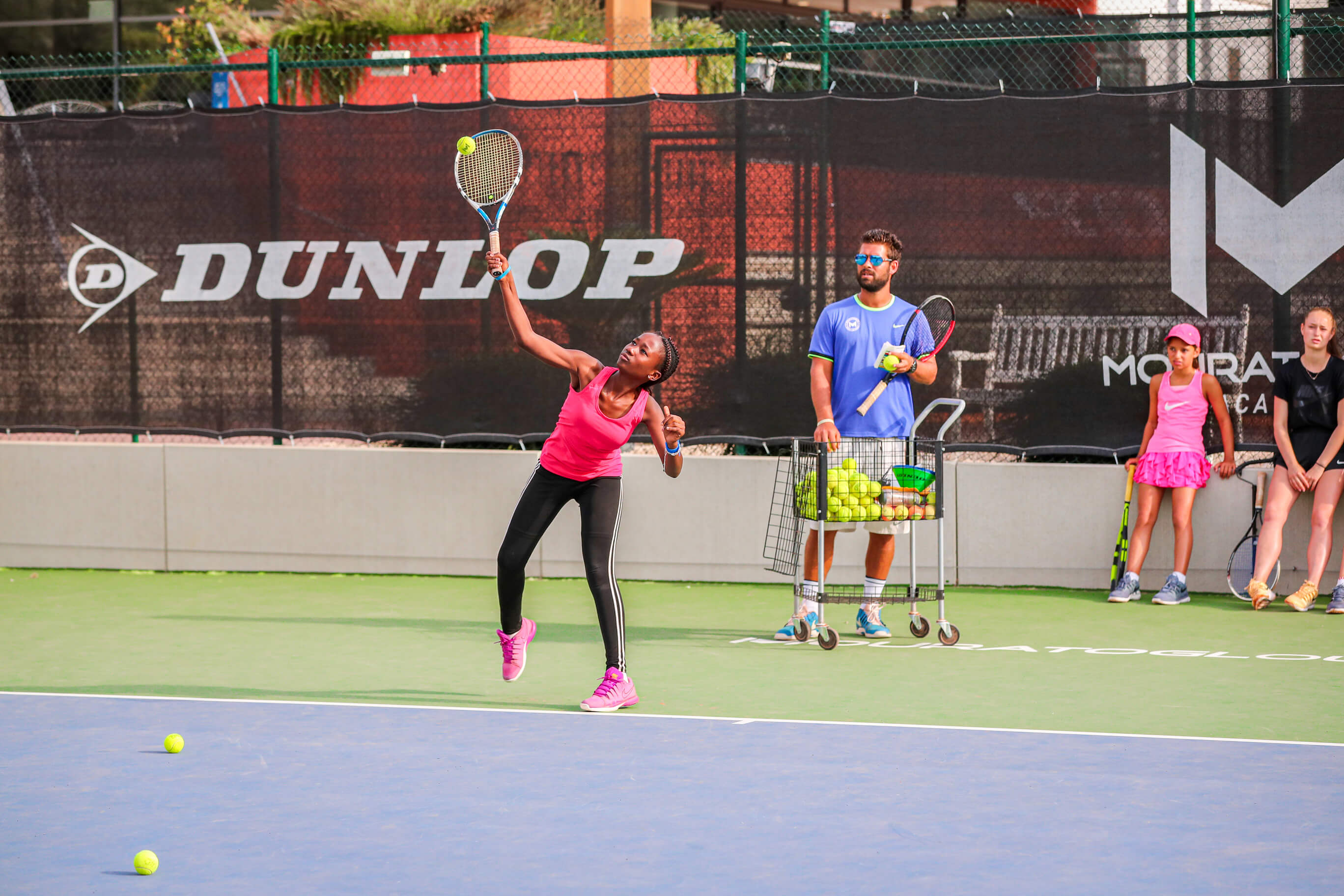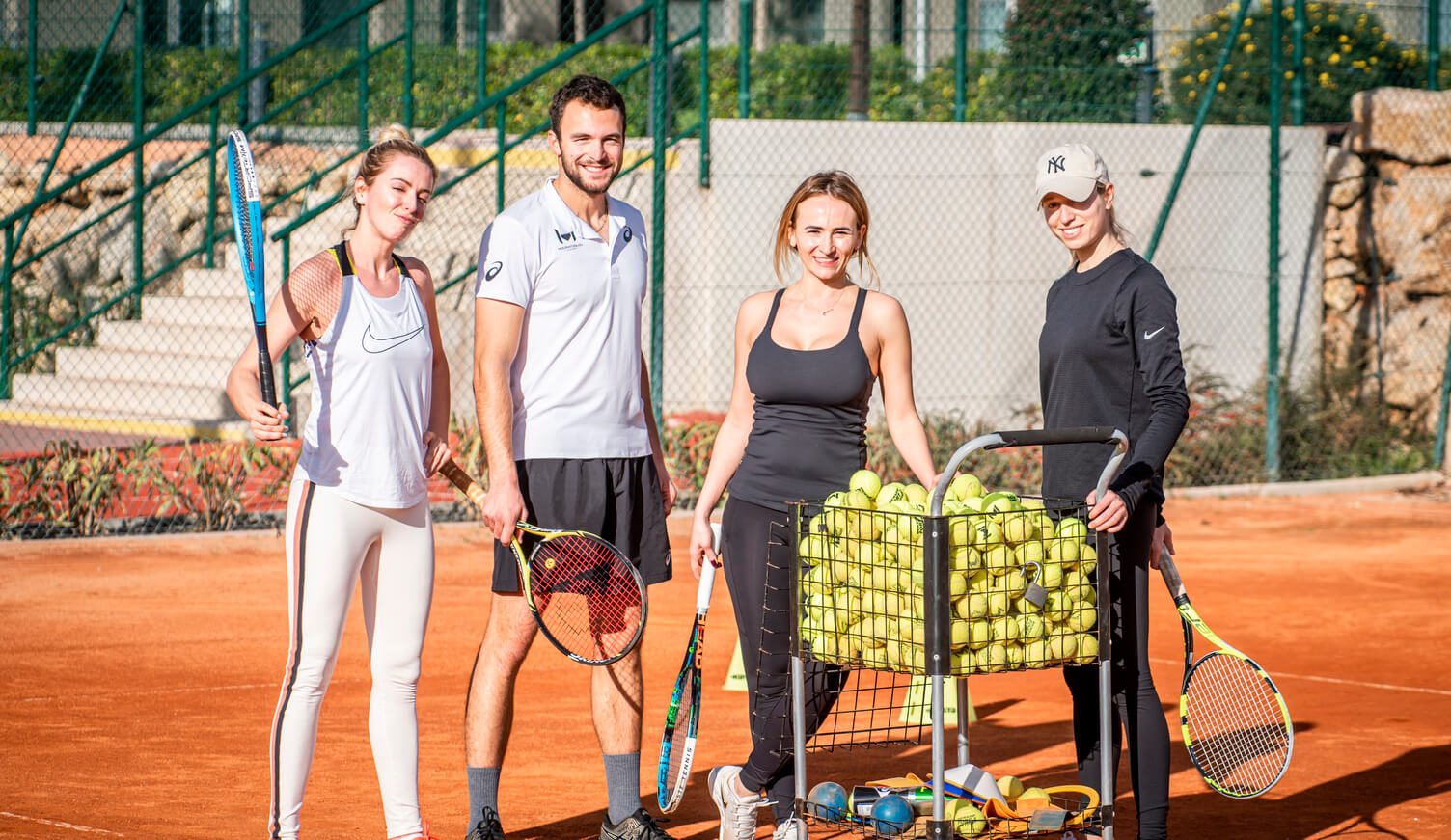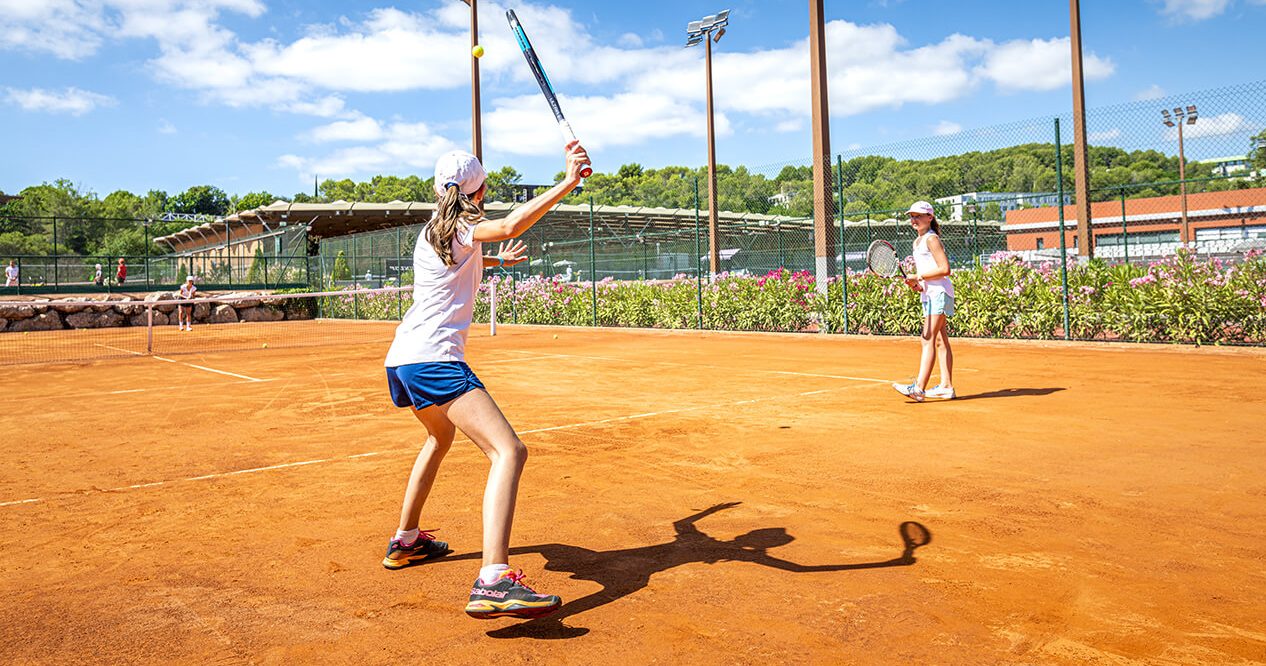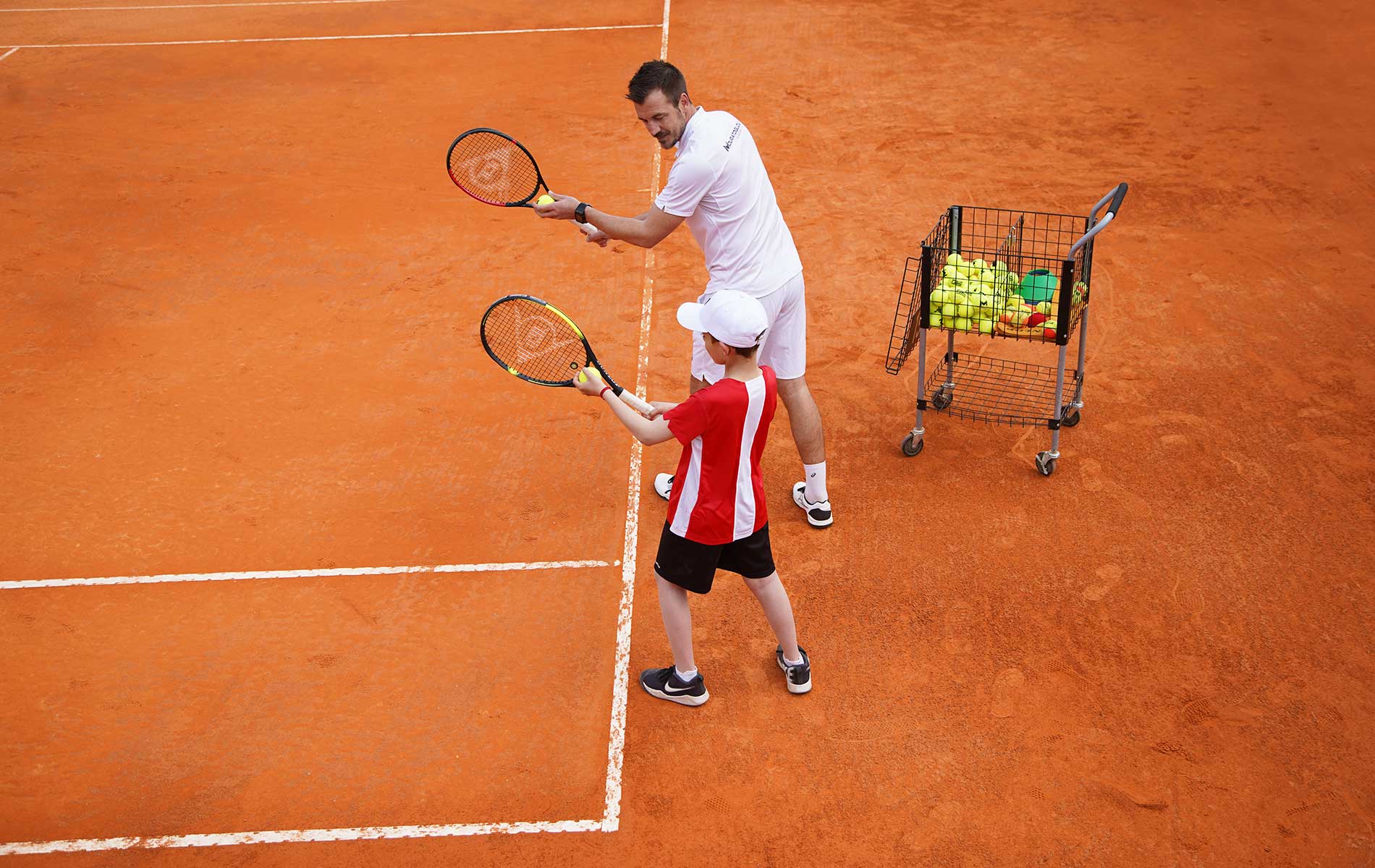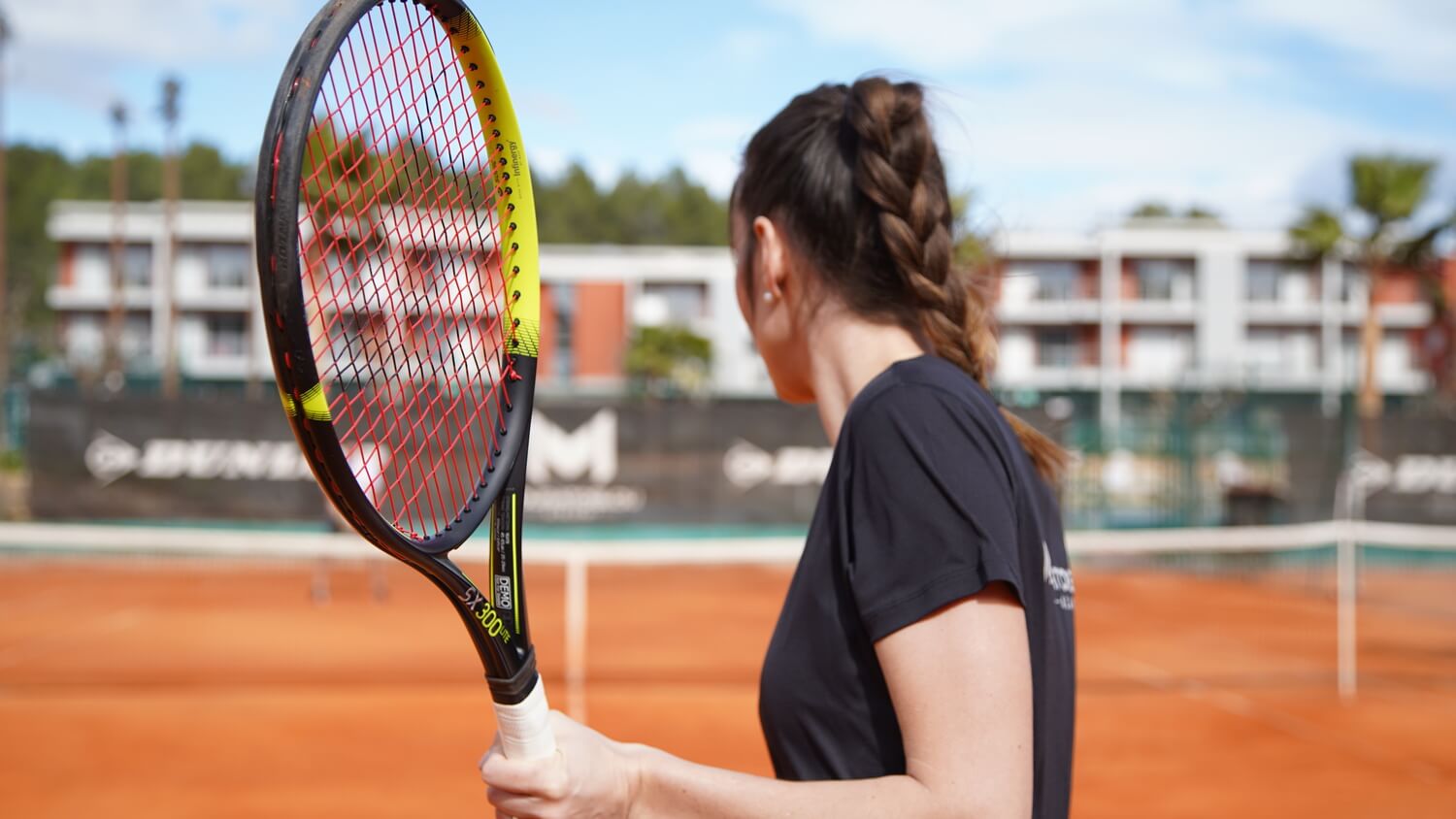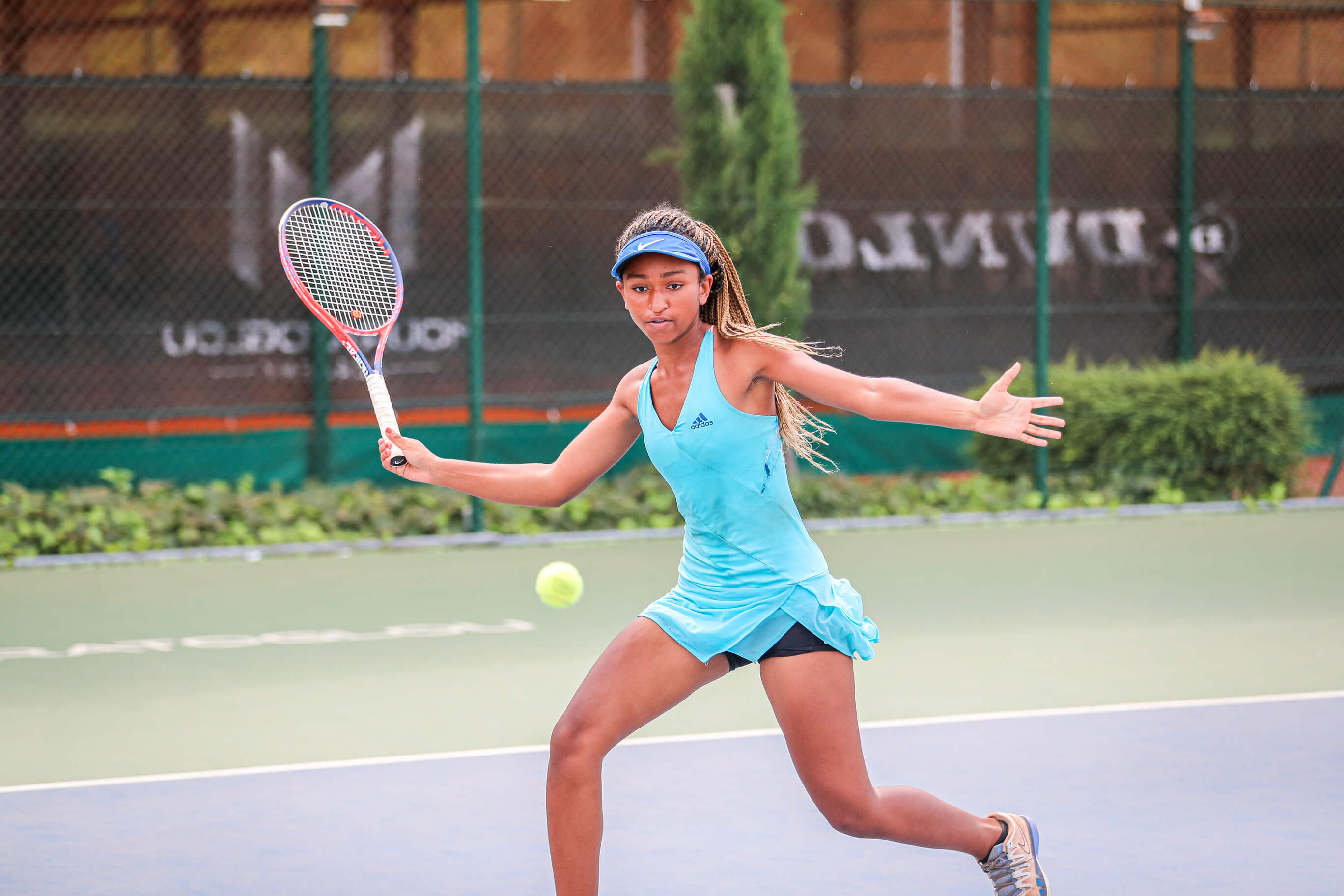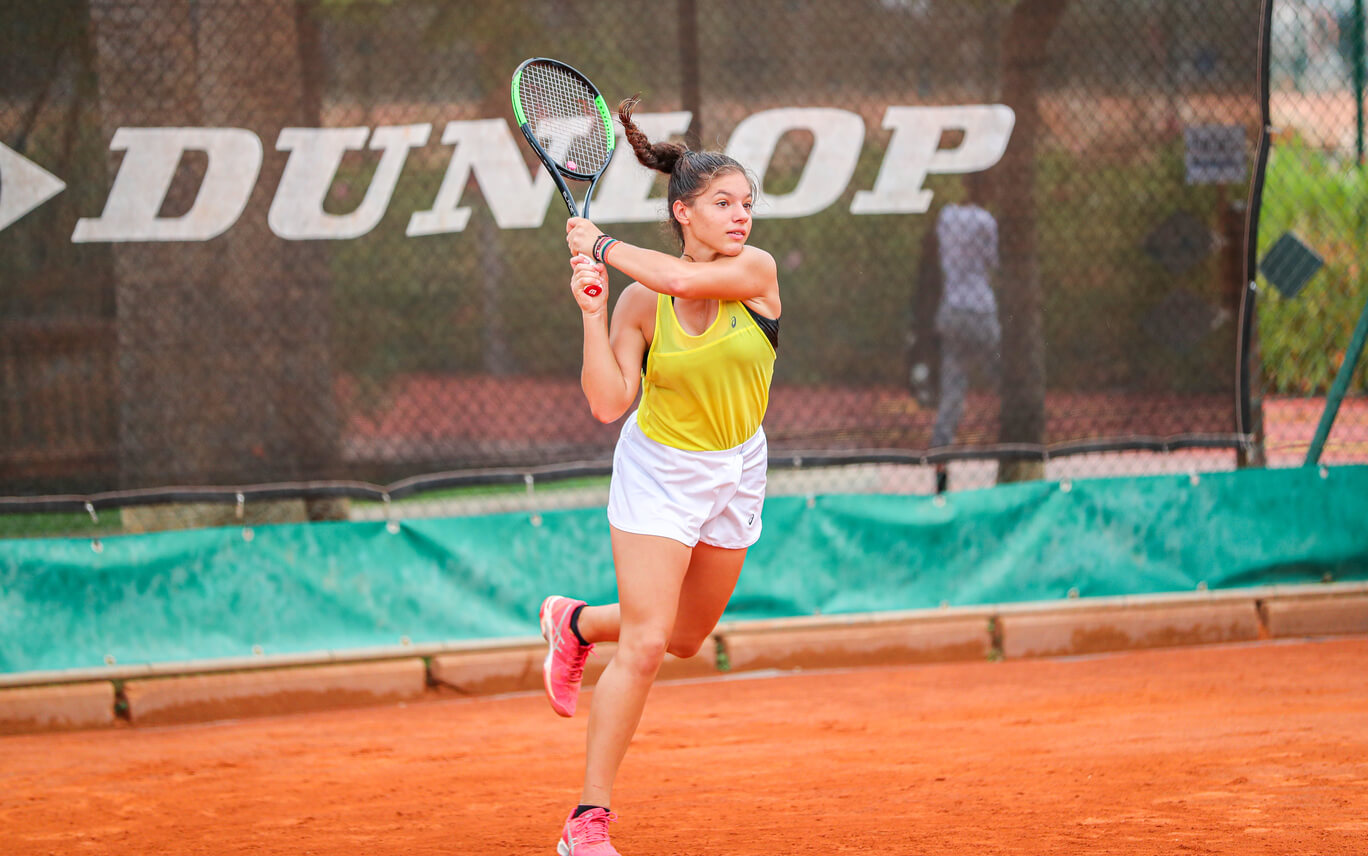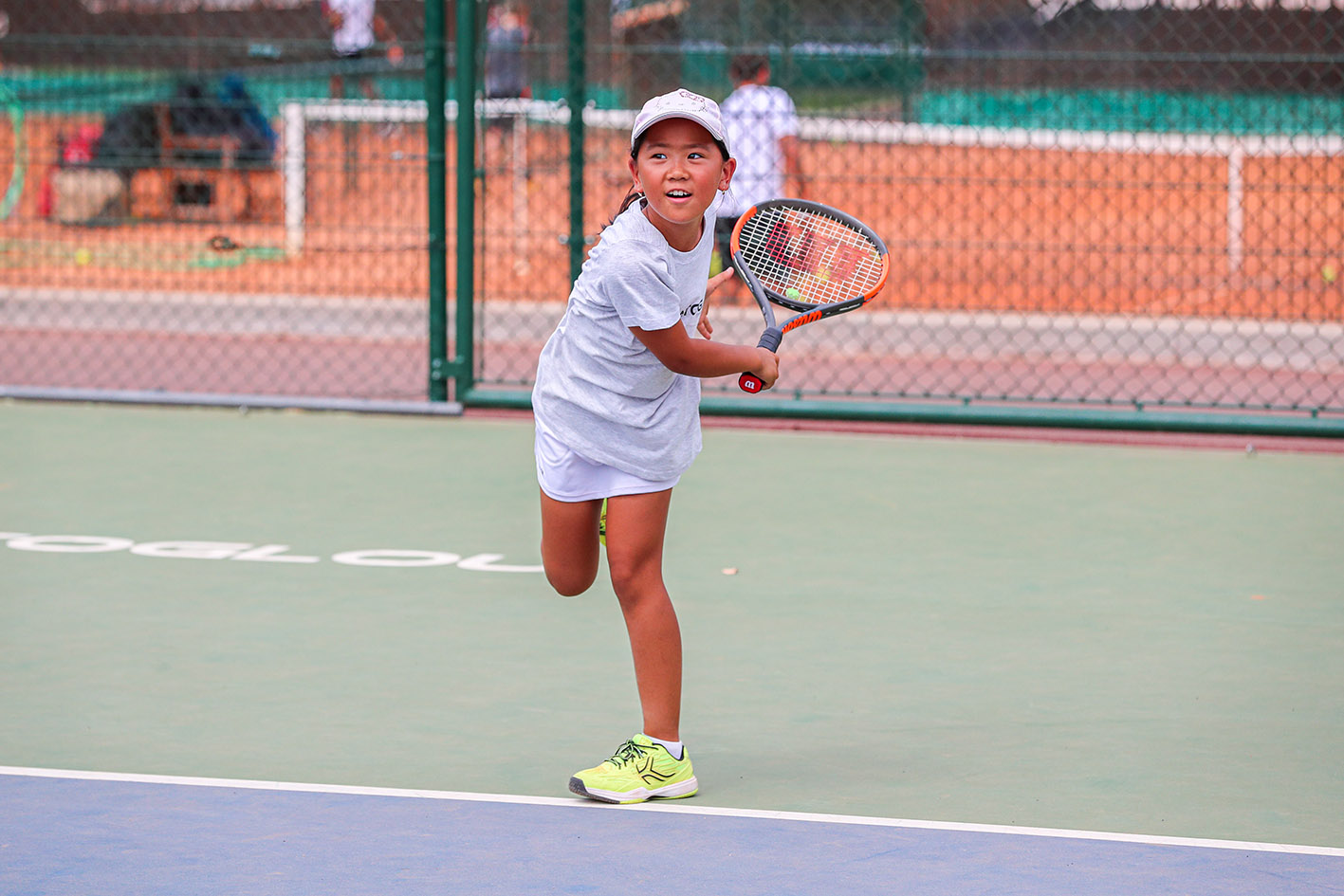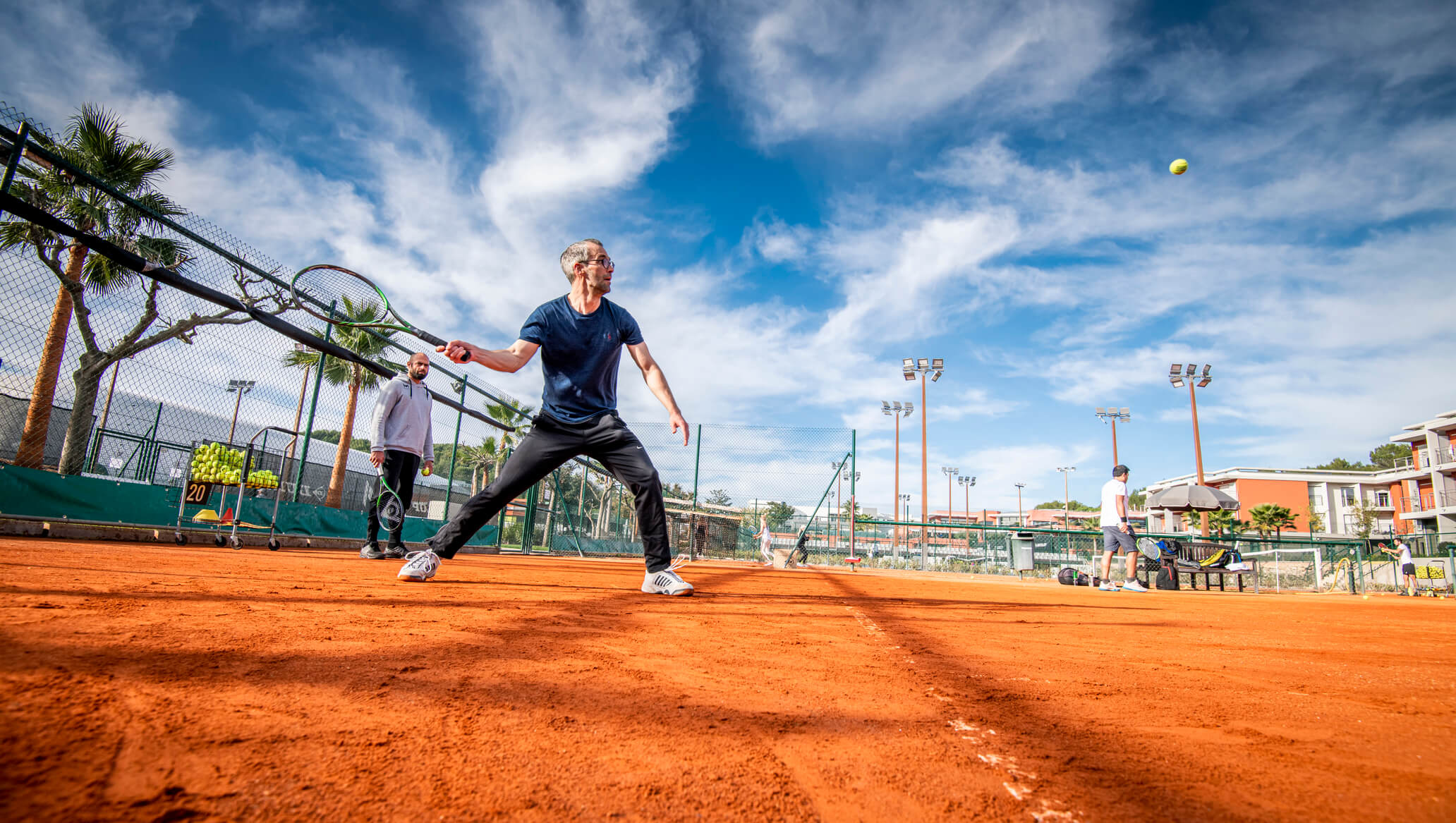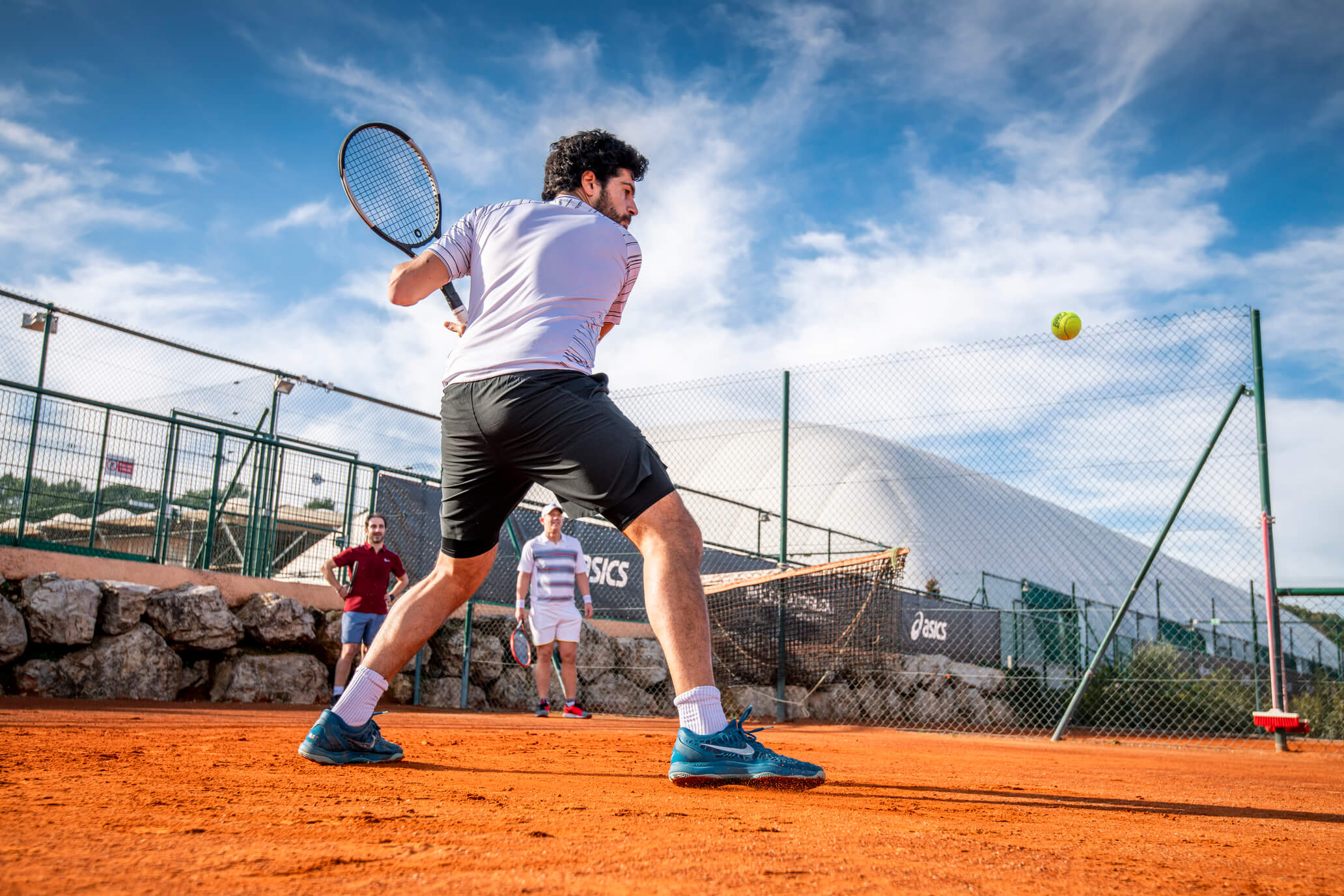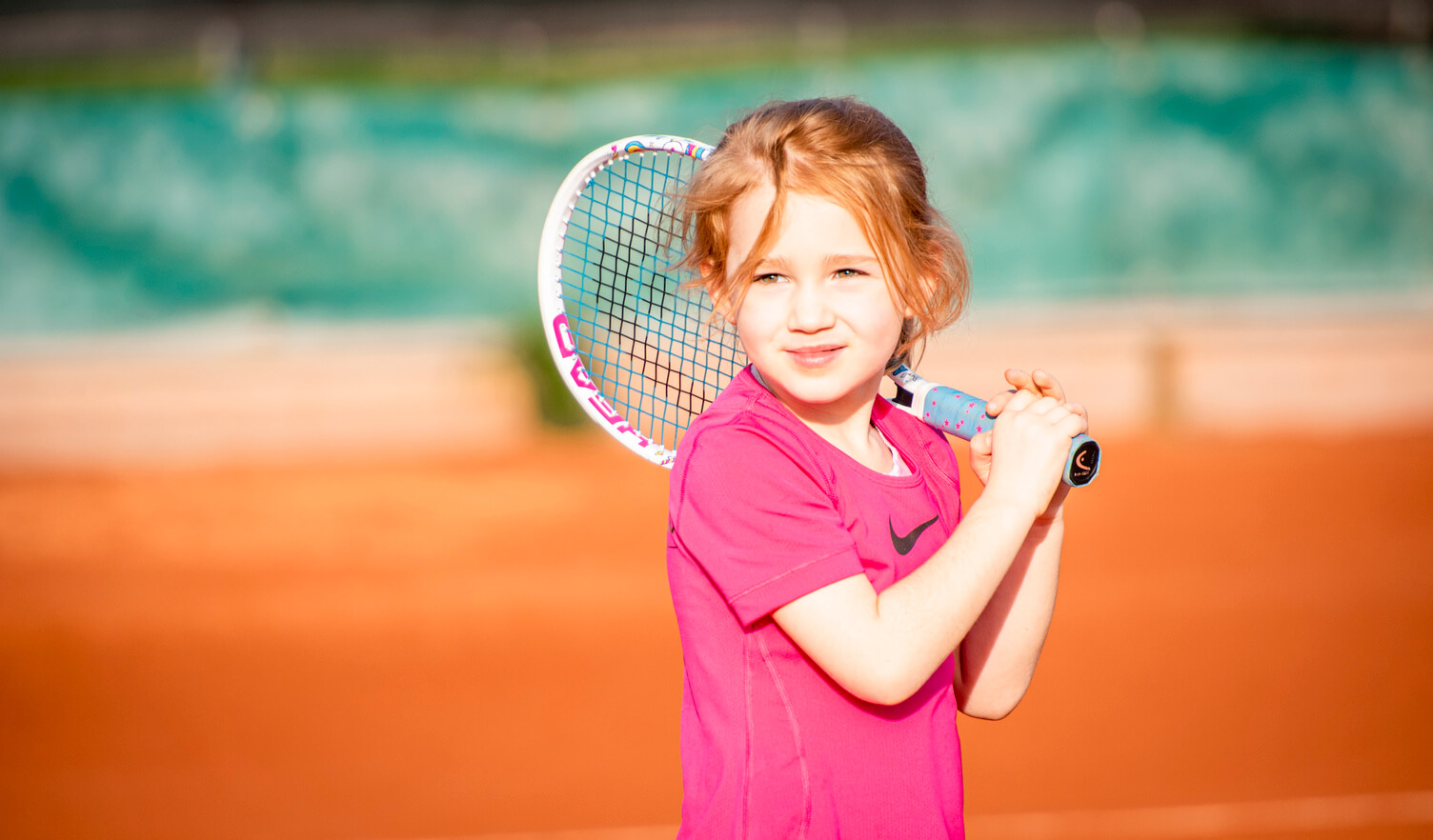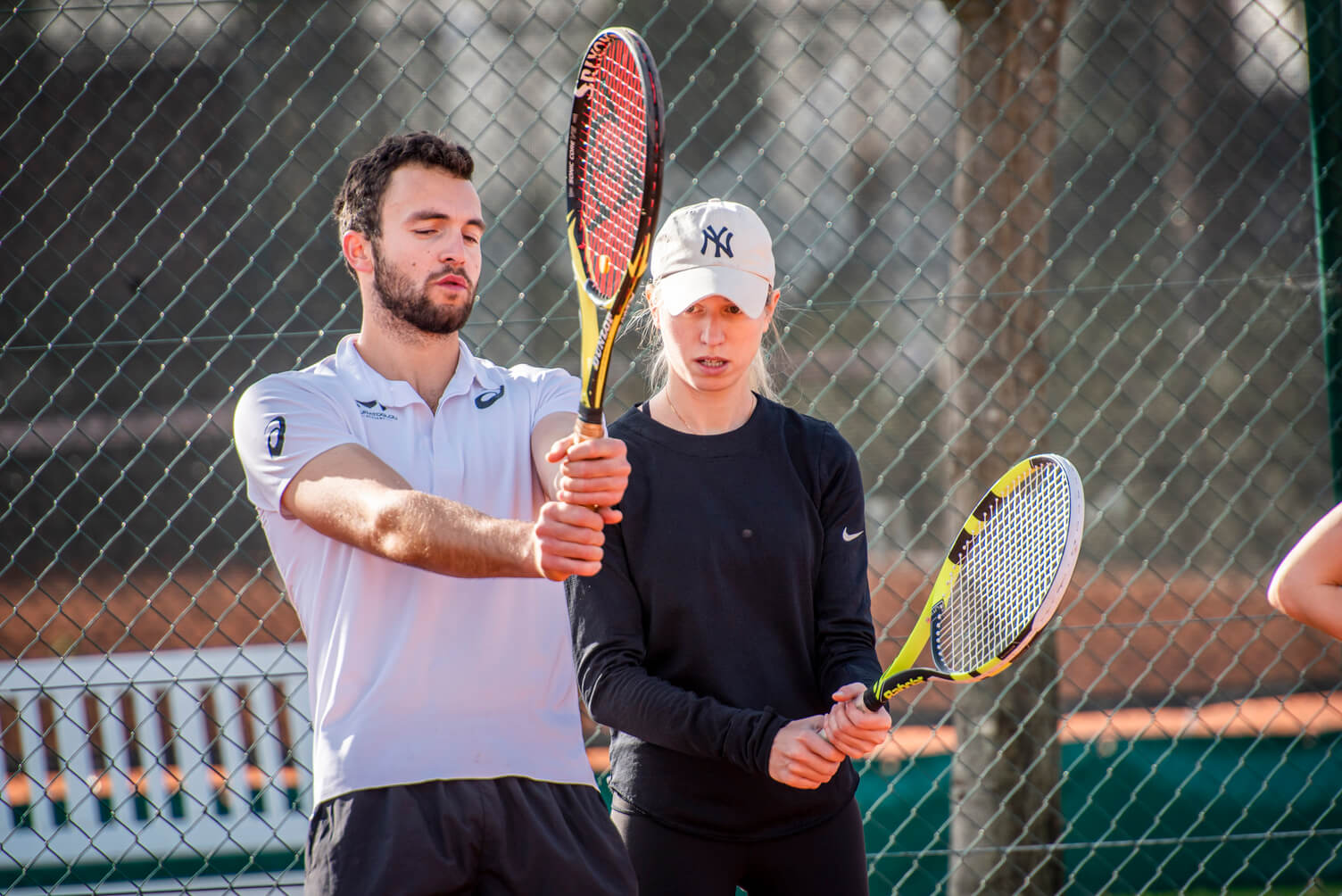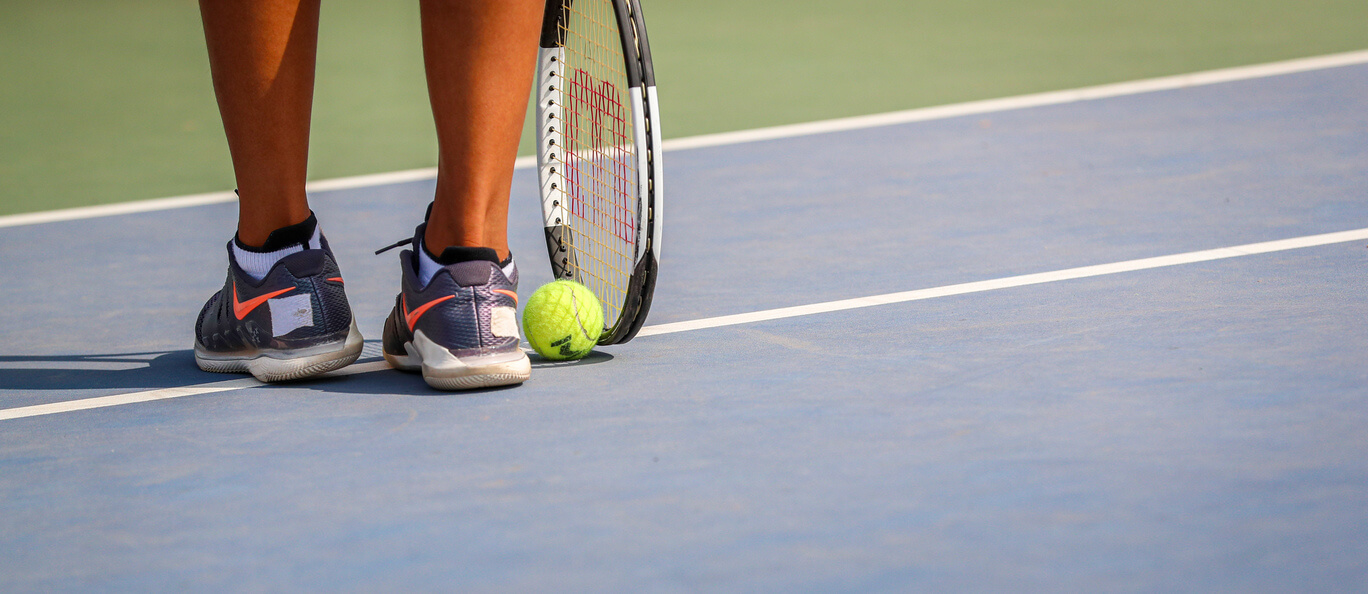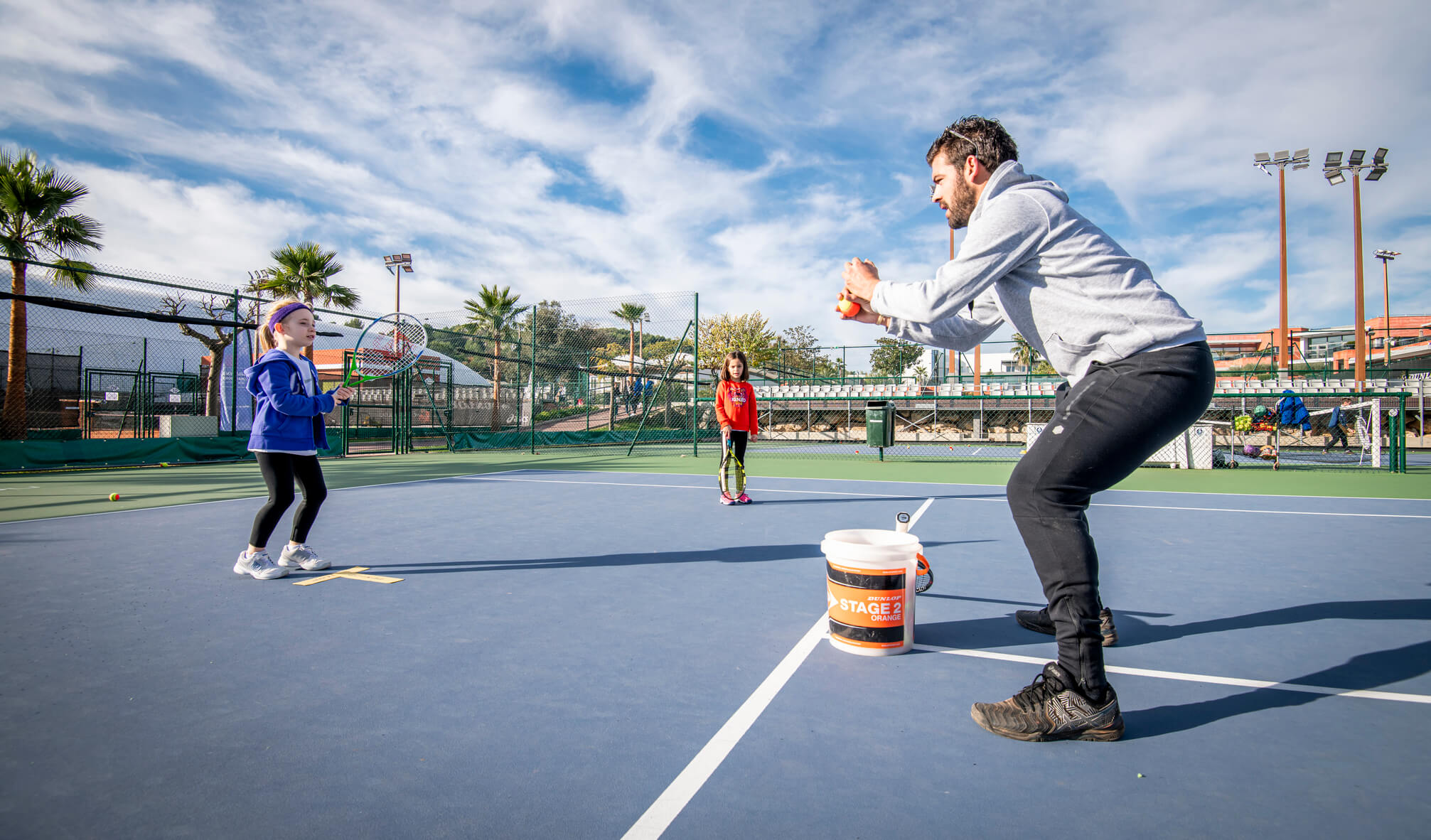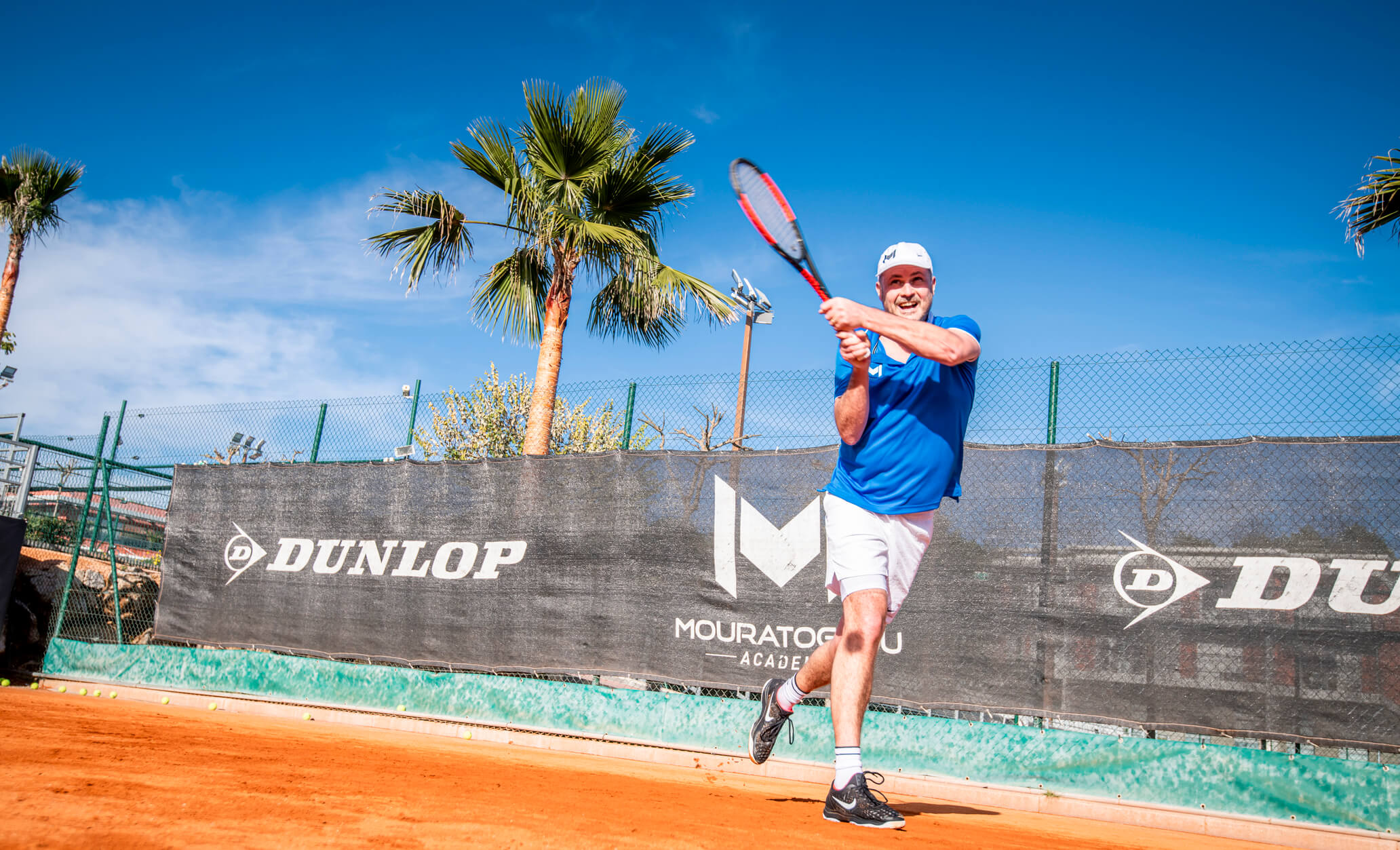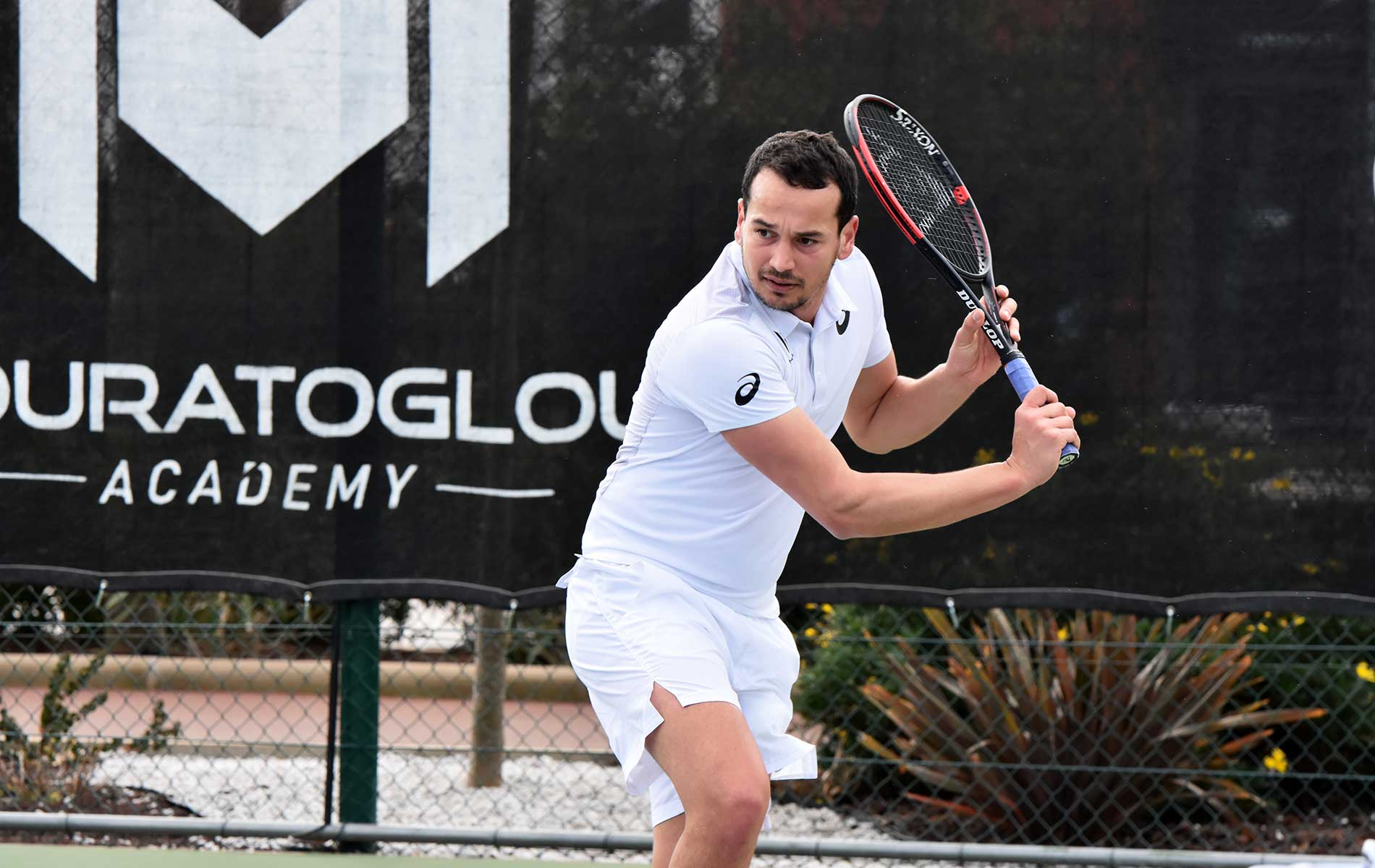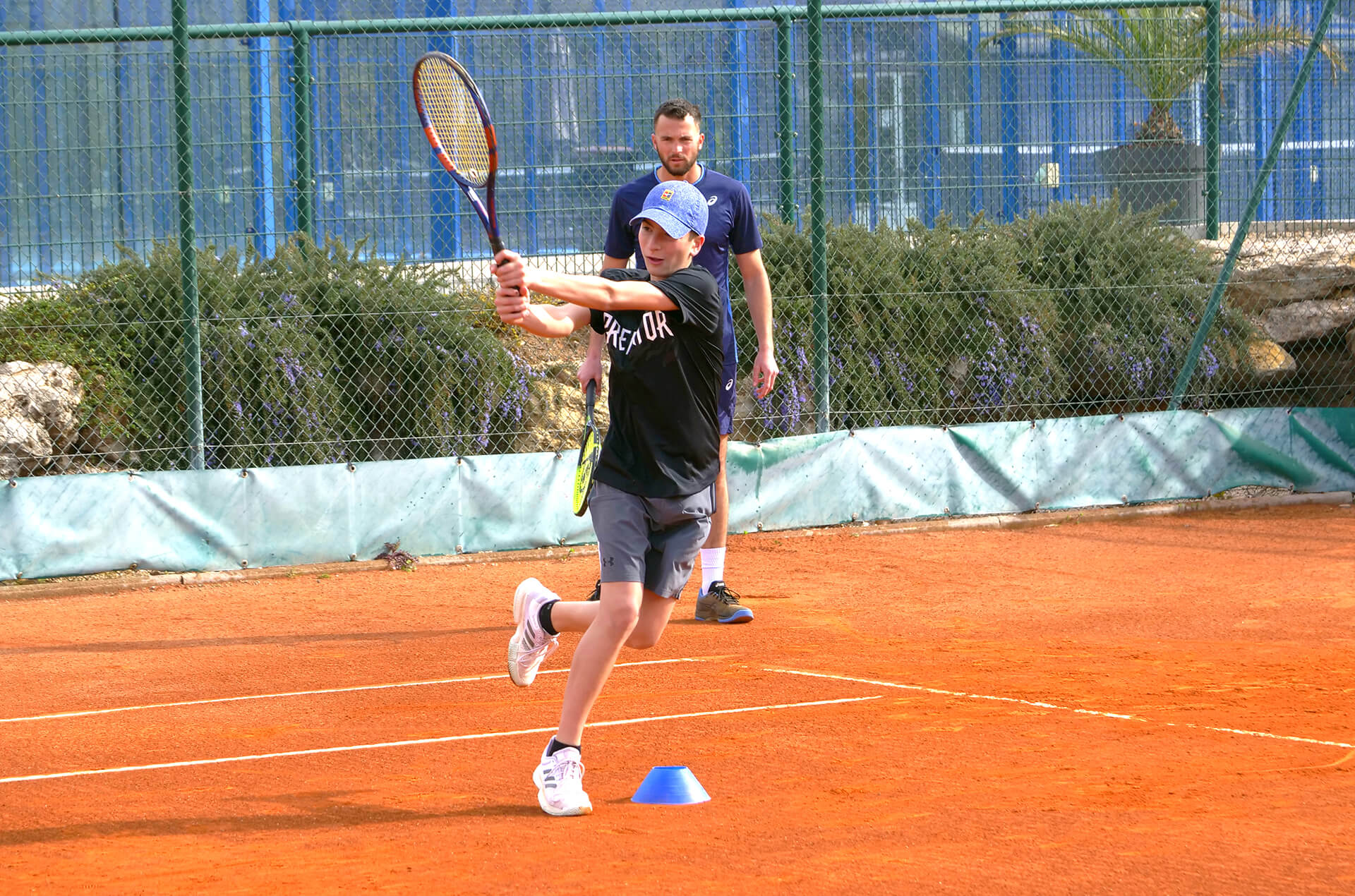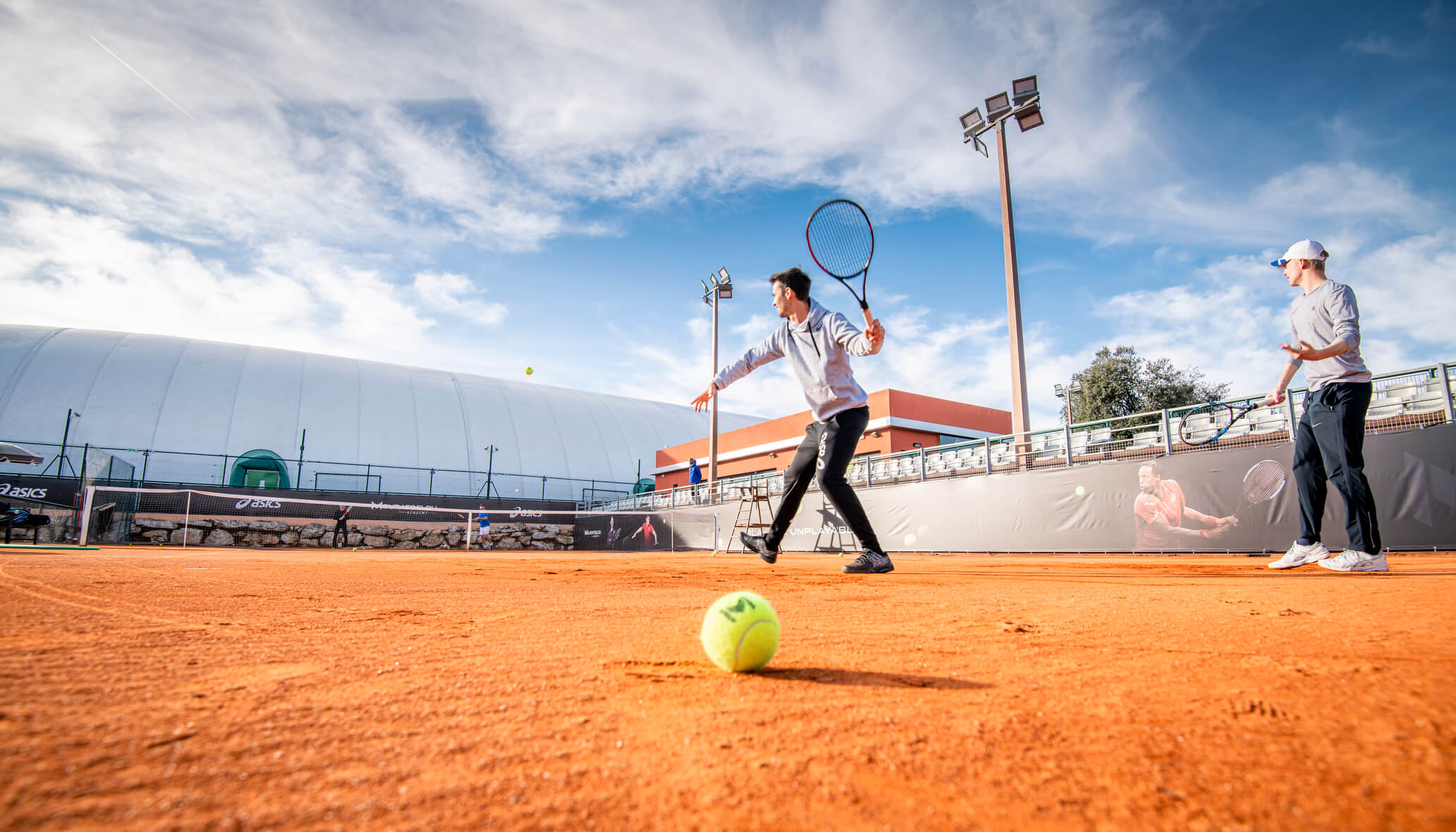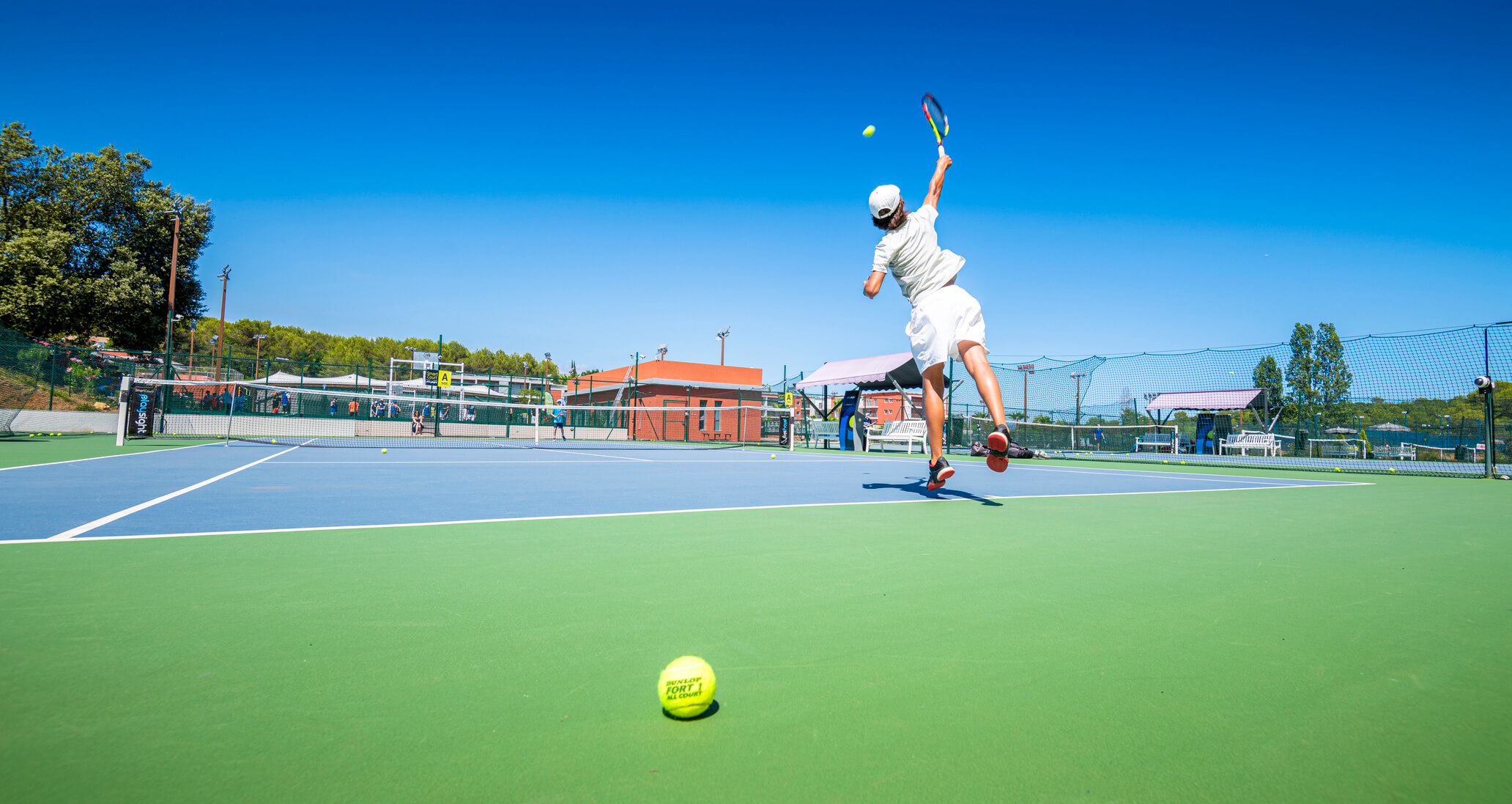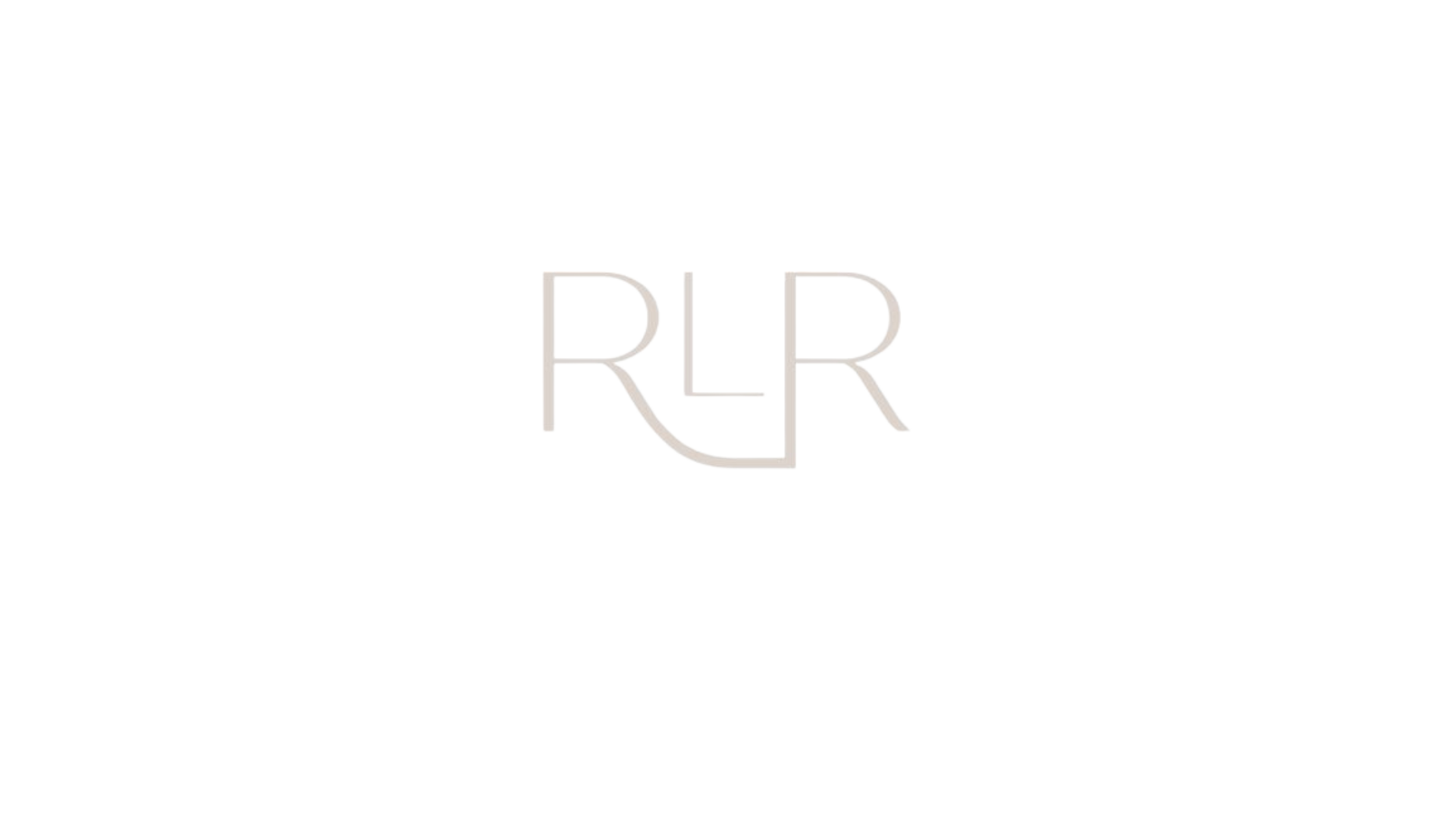How to work on the technique?
The technique is one of the most significant aspects of tennis. We often hear that technique is not essential compared to the mental and physical aspects. However, it would be impossible to play well without having a solid understanding of the technical fundamentals. All players have different playing styles, more or less stylish and beautiful to watch but, all of them respect the fundamentals.
What is the technique in tennis?
The technique is necessary to achieve a result. There are fundamentals to respect in order to correctly hit a tennis ball. As spectators, we easily notice when someone faces technical difficulties. As players, it is quite different. Understanding what can be corrected, improved or even changed can be complicated and requires years of experience. Doing a mistake in tennis can be the consequence of a bad technique. Sometimes, you don’t have to look any further than the basic rules to find out why you made a mistake. You need to go back to the court with a clear vision of what needs to be done, to avoid mistakes. Here are fundamentals that will help you become a better tennis player:
- To pass the net, my swing must be upwards.
- To keep my balance, my stance must be low and there must be a significant distance between my feet.
- To hit a great serve, I need to hit the ball as high as possible in order to get an angle. To hit a great serve, my arm must be fully extended when I make contact with the ball.
- To hit a low volley, my racket head should be open and facing the sky.
- To create speed on your shots, your hand must be relaxed and accelerate.
- To react fast, I need to stand on the front of my feet.
- To hit correctly and avoid hurting myself, I need to make contact with the ball in front of my body.
All of these technical aspects seem simple – they are natural – but they are often the reason behind our mistakes. It is important to note that there are many biomechanical factors that define the technique. It is the coach’s responsibility to transmit them to the students.
When and why work on the technique?
Depending on the player’s level, there are different moments to work on the technique. Professional players, for instance, prioritize working on their technique during the preseason (long practice periods without tournaments). At a lower level, the technique can be worked on all year long, to varying degrees. It is crucial to work on the technique in order to improve players’ games. It is sometimes difficult for a coach to find the right technical work. For example, we may not dwell on technical work of regularity on a player doing serve-volley and return- volley. It is necessary to have your player’s game identity in mind. It will help you focus on the things that will maximize the potential of your players.
Another important point: if a player has a technical defect but his shot is effective, why change it? We often see high-level players with unorthodox strokes. As long as the stroke does not slow down progress, there is no need to make technical changes.
What are the key things to keep in mind when working on the technique?
There are many important factors to efficiently work on the technique:
- Focus on one or maximum two technical points at a time. Indeed, a technical change will result in neurosensorial modifications. It is very important not to get lost in a multitude of technical changes, as the brain will not be able to efficiently register all these changes. Repetition will be your best ally in the process of learning to assimilate the new movement well.
- Mentally prepare the player: it is necessary to make players understand the purpose of the change. Indeed, when the learning process takes place, there is an inevitable regression phase just before seeing progress. This is why it takes some time, it is recommended to avoid playing tournaments in such a transformation phase The player must understand and visualize the desired technical change in order to technically judge himself. The change must have a medium-term objective, the final goal being the construction of a shot.
- Keep it fun! To be a great coach, you must brainstorm, reinvent yourself and add fun in practice sessions. Of course, when focusing on one or two technical changes, we are most of the time focused on the same shots. It is then essential to find situations that keep players motivated and determined.
- The teaching tools: first and foremost, the coach must have a good knowledge of biomechanics. It is necessary to improve the player’s game. Then, he will have to put things in place to correct the technical mistake. There are two main categories of teaching aids: educators and patchers.
The educators’ goal is to facilitate the task with a tip, an instruction or a material. To make the right shot, players have to respect the instruction. Here are some educational examples: for the early opening and/or the forehand preparation, put an object on the side, force the player to do the early-opening and make sure he/she has the racket under the ball before hitting. To work on the server’s toss, give him/her a point to fix in the air so that he/she knows if the toss is correct. Add an extra-net to work on the ball trajectories.
The patchers’ goal is to exaggerate an aspect of the game to reach an end-goal. Here are some examples: if you have an – extreme – full western grip and that it is nearly impossible to hit a flat ball, you can try to play with an open grip to feel the sensations and then gradually close it to reach the desired end-goal. If you have troubles with the service’s pronation or struggle with kick’s effect, you can serve facing upfront. It will force you to accentuate your pronation to hit a serve in the court. For someone with a big preparation who struggles to block back when balls come fast, we can, for example, ask him to prepare with the elbow tucked into his body on his forehand.
These teaching tools must be wisely used. By respecting the basic rules, you will earn wins and reach personal milestones. It is also important to remind yourself that it is much easier to change your technique at a young age than when you get older. It is much easier to automate new movements then. That’s why the first years of a player are crucial in the learning process. ; They are required to develop a player’s good habits. We must keep in mind that the technique part of a tennis game must not be ignored. Of course, the mental and physical aspects are important, but without the right technique, nobody can reach the highest level.
It is essential to change habits in the earliest stage of a player’s career. There are many different ways of coaching but it is obvious that these fundamentals are key to success.





